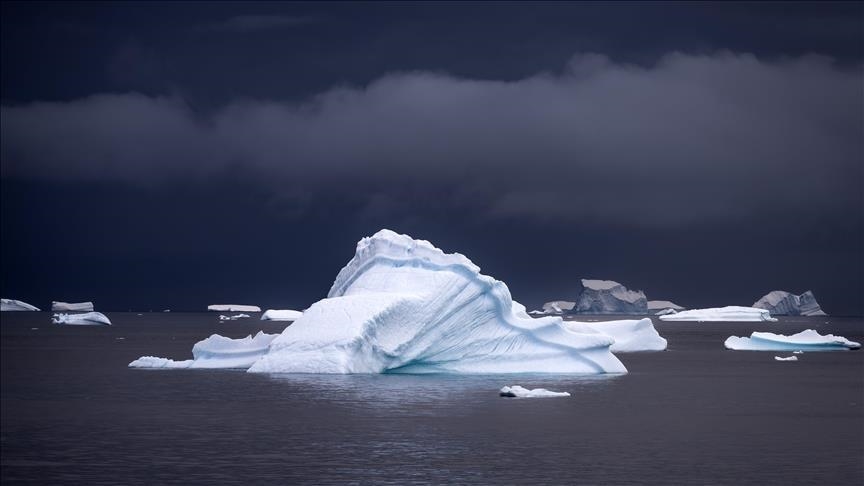Greenland ice melts 17 times faster amid record-breaking heat wave in Iceland, Greenland
Iceland's record heat, over 13°C above average, threatening infrastructure and indigenous hunting, as such events are likely to occur every 100 years, according to World Weather Attribution

ISTANBUL
Greenland's ice sheet melted 17 times faster than average during the heat wave in May, the scientific network World Weather Attribution (WWA) reported on Wednesday.
“Temperatures over Iceland as observed this May are record-breaking, more than 13 degrees Celsius hotter than the 1991-2020 average May daily maximum temperatures,” the WWA said.
According to the meteorological institute, 84% of weather stations across the country recorded record-breaking temperatures in May.
In eastern Greenland, the hottest day during the heatwave was 3.9 degrees Celsius warmer than in the preindustrial climate, the WWA noted.
The network added that only once every 100 years could record temperatures like those observed in Iceland and Greenland this May occur again.
A heat wave in cold-adapted regions like Greenland and Iceland has unique impacts. “In Greenland and Iceland, infrastructure is built for cold weather, meaning during a heat wave, ice melt can lead to flooding and damage roads and infrastructure,” the WWA explained.
On May 15, temperatures in Iceland surpassed 26 degrees Celsius, a highly unusual event for the region.
In Iceland, bituminous bleeding on roads created hazardous driving conditions, while in Greenland, warmer temperatures caused sea ice to break up, threatening communities dependent on it for hunting, fishing, and travel.
WWA’s analysis highlights the influence of climate change, concluding that the extreme heat was about 3°C hotter and 40 times more likely due to global warming.
While climate models tend to underestimate the temperature increase, projections suggest that with global warming reaching 2.6°C, such events could become twice as likely and even hotter.
The new May temperature record of 26.6°C was recorded in Egilsstaoir, East Iceland, with an estimated return period of about 110 years in the current climate.
Both Greenland and Iceland are experiencing broader Arctic trends of rising temperatures and changing precipitation patterns, making climate adaptation increasingly urgent.
Iceland is formalizing climate adaptation plans focusing on infrastructure and societal systems, while Greenland is beginning to address heat as an emerging public health threat.
Anadolu Agency website contains only a portion of the news stories offered to subscribers in the AA News Broadcasting System (HAS), and in summarized form. Please contact us for subscription options.

